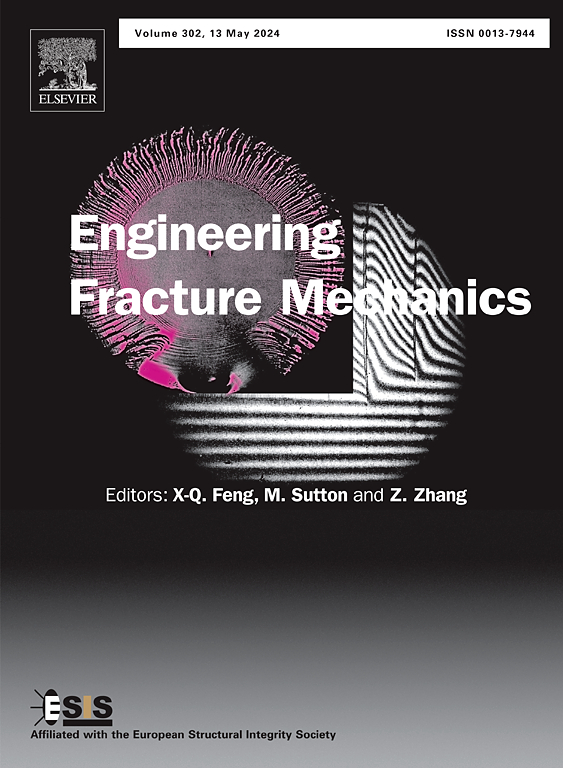Research on the influence of axial deck media on damage and stress field distribution characteristics of glauconite
IF 4.7
2区 工程技术
Q1 MECHANICS
引用次数: 0
Abstract
The type of axial decking medium significantly influences the efficiency of rock blasting fragmentation, the distribution of the stress field, and the energy transmitted into the rock. This study conducted experiments on glauconite samples utilizing a passive confining pressure device outfitted with four distinct axial decking media charge structures to indicate the rock-breaking mechanism associated with various axial decking media. In conjunction with box counting dimension and fractal dimension theories, computer tomography (CT) scanning and 3D model reconstruction techniques are utilized to visualize the spatial distribution and morphology of explosion-induced cracks. This approach also facilitates a quantitative analysis of the rock damage incurred by the explosions. The results indicated that liquid (water) deck medium charges result in the most substantial rock damage, followed by solid (rock powder), solid (sand), and gas (air) deck medium charges, respectively. The maximum rock damage recorded with water deck medium charges is 0.826, whereas the minimum is 0.778 for air deck medium charges. Then, LS-DYNA numerical simulation software is employed to develop rock blasting models with varying deck media charges, capturing the dynamic evolution of rock damage. The numerical outcomes confirm the laboratory ones and illustrate how different decking media impact the distribution of the explosive stress field and energy transfer efficiency. When employing a liquid (water) axial decking medium, the rock demonstrates the greatest internal energy input and the swiftest rate of energy transfer, with the internal energy input being 1.12 times and 1.68 times that of solid and gas media, respectively. These insights offer valuable theoretical support for designing and optimizing axial decking charge structures in field applications.
求助全文
约1分钟内获得全文
求助全文
来源期刊
CiteScore
8.70
自引率
13.00%
发文量
606
审稿时长
74 days
期刊介绍:
EFM covers a broad range of topics in fracture mechanics to be of interest and use to both researchers and practitioners. Contributions are welcome which address the fracture behavior of conventional engineering material systems as well as newly emerging material systems. Contributions on developments in the areas of mechanics and materials science strongly related to fracture mechanics are also welcome. Papers on fatigue are welcome if they treat the fatigue process using the methods of fracture mechanics.

 求助内容:
求助内容: 应助结果提醒方式:
应助结果提醒方式:


